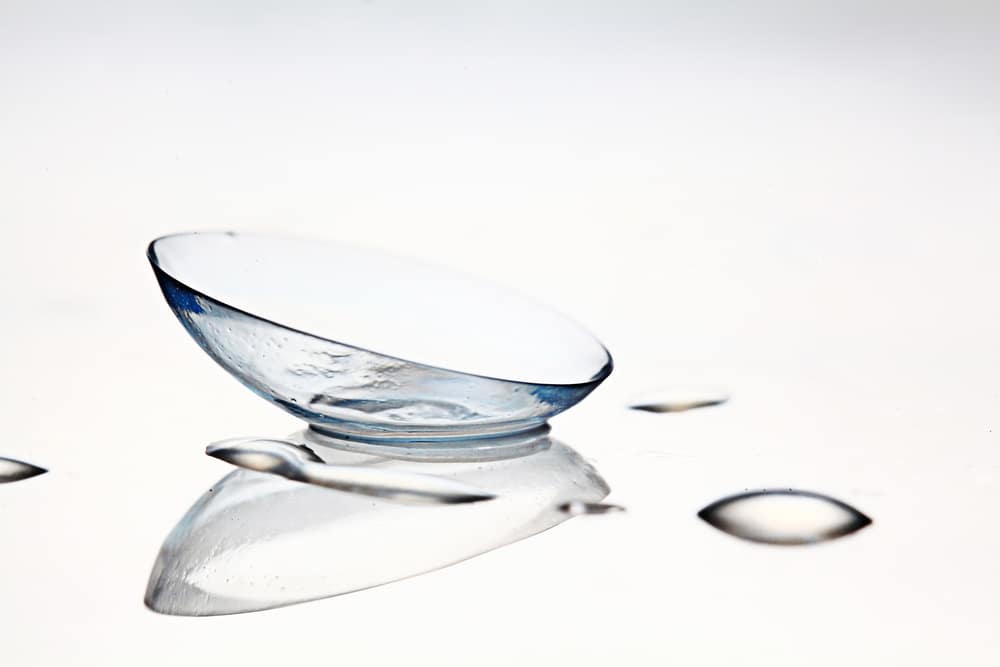Over 24 million people choose contact lenses to correct their vision. When used with care and proper supervision, contacts are a safe and effective alternative to eyeglasses. With today’s new lens technology, many people who wear eyeglasses can also successfully wear contact lenses.

Successful contact lens wear requires an extensive exam by an ophthalmologist or optometrist to determine if you are a good candidate. An initial fitting with lenses will be followed by training in our office on how to apply and care for the lenses, and then annual checkups are scheduled to monitor your eye health and success. Annual exams are required, according to State law, for all annual prescription refills.
Contacts are thin, clear disks that float on the tear film that coats the cornea, the curved front surface of the eye. Contacts correct the same refractive conditions eyeglasses correct: myopia (nearsightedness), hyperopia (farsightedness), and astigmatism (an oval-rather than round-shaped cornea).
Contact lenses can be made from a number of different plastics. The main distinction among them is whether they are hard or soft lenses. Most contact lens wearers in the United States wear soft lenses. These may be daily wear soft lenses, continuous wear lenses, or disposable lenses. Toric soft lenses provide a soft lens alternative for people with slight to moderate astigmatism.
Hard lenses are usually not as comfortable as soft lenses and are not as widely used. However, rigid gas permeable lenses provide sharper vision for people with higher refractive errors or larger degrees of astigmatism.
Most people can tolerate contact lenses, but there are some exceptions. Conditions that might prevent an individual from successfully wearing contact lenses include dry eye, severe allergies, frequent eye infections, or a dusty and dirty work environment.
Individuals who wear any type of contact lens overnight have a greater chance of developing infections in the cornea. These infections are often due to poor cleaning and lens care. Another factor is that contact lenses prevent adequate oxygen levels from reaching the cornea through the closed eyelid at night. It is for this reason that most practitioners discourage overnight wear of contact lenses, even so-called “continuous wear” types.
Soft contact lens insertion and removal instructions.
Hard Contact lens insertion and removal instructions.
Conventional lenses are used much less frequently today in the advent of planned replacement and disposable lenses, but they are still useful for patients with a very high or unusual prescription. Furthermore, conventional lenses require much more maintenance.
Contact lens wearers should be aware of possible complications involved in using contact lenses.
Contact lenses are a reasonable alternative to glasses to attain good vision. However, contact lenses are not without risk.
The most common complications occur due to poor hygiene or compliance. We recommend having a set of glasses in case you must discontinue use of your contact lenses due to problems. Annual exams by your eye doctor are highly recommended to avoid serious complications and ensure your ongoing eye health.
The following conditions are possible complications of contact lenses. You, the patient, must be aware of the potential hazards and accept these relative risks in addition to the benefits of contact lenses.
